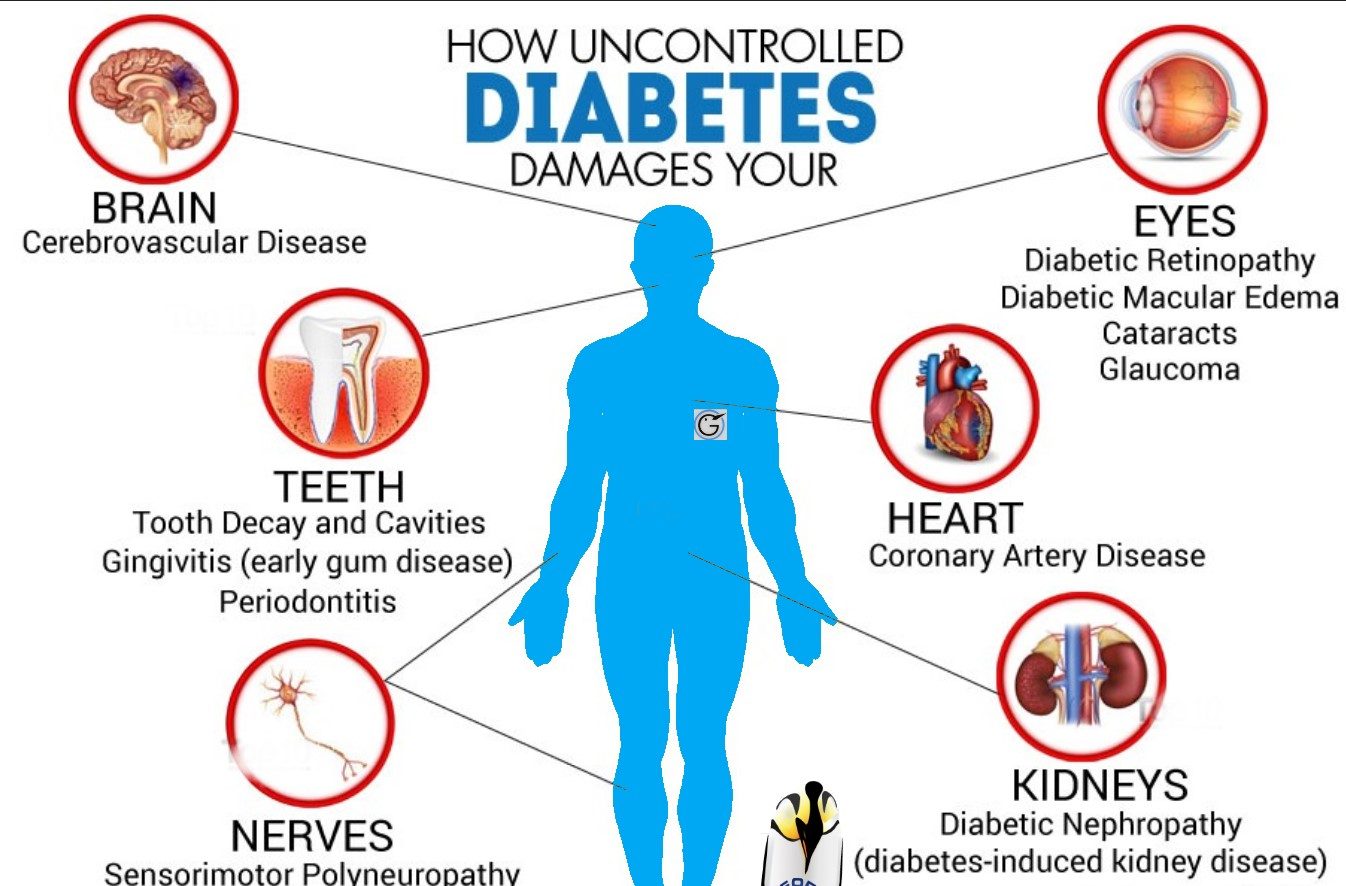Imagine your body as a bustling city, with energy constantly flowing to keep everything running smoothly. Glucose, a type of sugar, is the fuel that powers this city. But what happens when there’s a glitch in the system, and sugar delivery goes awry? Enter diabetes, a chronic condition where the body struggles to manage blood sugar levels. Let’s delve into the three main types of diabetes: type 1, type 2, and prediabetes.
Blood Sugar Blues: Understanding the Battlefield
Before we dive into the specifics, let’s understand the key players in this battle:
Glucose – The Body’s Fuel, But Too Much Can Cause a Duel
Think of glucose as the fuel that keeps your body’s engine running. It comes from the food we eat and enters our cells to provide energy.
Insulin – The Key that Unlocks the Door for Glucose
Insulin, a hormone produced by the pancreas, acts like a key that unlocks the door for glucose to enter your cells. This ensures your blood sugar levels stay within a healthy range.
Now, let’s meet the different adversaries in the fight against proper blood sugar management.
Type 1 Diabetes: A Battle from Birth
Type 1 diabetes is an autoimmune disease where the body’s own immune system mistakenly attacks the insulin-producing cells in the pancreas. This leaves the body with little to no insulin, leading to high blood sugar levels.
The Enemy Within: The Body’s Betrayal
Imagine a rebel force within your city sabotaging the power plants. That’s what happens in type 1 diabetes. Without insulin production, glucose can’t enter the cells, causing a build-up in the bloodstream.
Warning Signs: When Your Body Whispers Trouble
Type 1 diabetes can develop at any age, but it often strikes in childhood. Here are some warning signs to be aware of:
- Excessive thirst and urination
- Unexplained weight loss
- Extreme hunger
- Fatigue and weakness
- Blurred vision
If you experience any of these symptoms, consult a doctor immediately. Early diagnosis and management are crucial for living a healthy life with type 1 diabetes.
A Lifelong Ally: Managing Type 1 Diabetes
There’s no cure for type 1 diabetes, but with proper management, you can live a full and active life. This involves:
- Insulin therapy: Replacing the missing insulin with injections or an insulin pump.
- Blood sugar monitoring: Regularly checking blood sugar levels to ensure they stay within a healthy range.
- Healthy eating: Choosing nutritious foods and portion control.
- Exercise: Regular physical activity helps improve insulin sensitivity.
Living with type 1 diabetes requires constant vigilance and adjustments, but with the right support system and knowledge, you can become a warrior against this condition.
Type 2 Diabetes: A Battle Brewing Over Time
Unlike type 1, type 2 diabetes develops gradually, often over many years. Here, the body still produces insulin, but it either becomes resistant to its effects, or the pancreas doesn’t produce enough to meet the body’s needs.
Insulin Resistance: When the Key Starts to Malfunction
Imagine the locks on your city’s buildings start to malfunction, making it harder for the key (insulin) to unlock them and allow glucose entry. This is what happens with insulin resistance in type 2 diabetes.
Risk Factors: Identifying the Weaknesses in Your Armor
Several factors can increase your risk of developing type 2 diabetes, including:
- Family history: Having a close relative with type 2 diabetes makes you more susceptible.
- Overweight or obesity: Excess weight puts a strain on your body’s ability to use insulin effectively.
- Physical inactivity: A sedentary lifestyle reduces insulin sensitivity.
- Unhealthy diet: Consuming excessive sugary drinks, refined carbohydrates, and unhealthy fats can contribute to the problem.
- Gestational diabetes: Having diabetes during pregnancy increases your risk of developing type 2 diabetes later in life.
The Silent Infiltration: Early Detection is Crucial
Unlike type 1, type 2 diabetes often progresses without any noticeable symptoms in the early stages. This is why regular checkups and blood sugar testing are crucial for early detection.
Taking Back Control: Treatment Strategies for Type 2 Diabetes
The good news is that type 2 diabetes can often be managed effectively with a combination of lifestyle changes and medications. Here are some key strategies:
- Healthy eating: Focus on a balanced diet rich in fruits, vegetables, whole grains, and lean protein.
- Weight management: Losing even a modest amount of weight can significantly improve insulin sensitivity.
- Exercise: Regular physical activity helps your body use insulin more effectively.
- Medications: Depending on the severity, medications like oral medications or injectable insulin may be prescribed.
Early intervention and adherence to a healthy lifestyle can help prevent complications associated with type 2 diabetes, such as heart disease, stroke, and nerve damage.
Prediabetes: A Warning Shot Before the Big Battle
Prediabetes is a condition where your blood sugar levels are higher than normal but not high enough to be classified as type 2 diabetes. It’s a crucial wake-up call to take action and prevent the full-blown battle from starting.
Blood Sugar on High Alert: Recognizing the Threat
Think of prediabetes as a flashing yellow light on the road to type 2 diabetes. Your blood sugar levels are elevated, indicating a potential problem if left unchecked.
Can You Reverse the Course? Taking Action Against Prediabetes
The good news is that prediabetes is often reversible. By making lifestyle changes, you can significantly reduce your risk of developing type 2 diabetes. Here’s how:
- Healthy eating: Focus on a balanced diet that promotes healthy blood sugar levels.
- Weight management: Losing even a small amount of weight can make a big difference.
- Exercise: Aim for at least 30 minutes of moderate-intensity exercise most days of the week.
- Manage stress: Chronic stress can contribute to insulin resistance. Relaxation techniques like yoga or meditation can be helpful.
Table 1: A Comparison of Type 1, Type 2, and Prediabetes
| Feature | Type 1 Diabetes | Type 2 Diabetes | Prediabetes |
|---|---|---|---|
| Cause | Autoimmune destruction of insulin-producing cells | Insulin resistance or deficiency | Impaired insulin function or increased glucose production |
| Onset | Usually in childhood or young adulthood | Often develops gradually over time | Often no symptoms |
| Symptoms | Excessive thirst, urination, weight loss, fatigue, blurred vision | May have no symptoms initially, later symptoms can be similar to type 1 | No symptoms |
| Treatment | Insulin therapy, blood sugar monitoring, healthy lifestyle | Lifestyle changes, medications (if needed) | Lifestyle changes |







